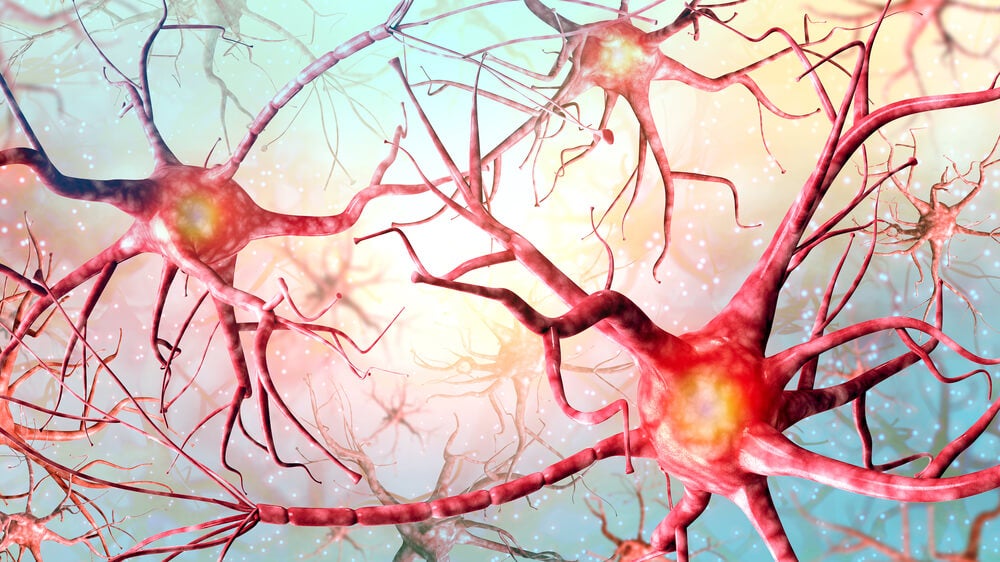The term neural plasticity refers to the nervous system’s ability to change, both functionally and structurally, in response to time or injury. Colloquially, plasticity is known as the property that a material must be physically malleable.
More scientifically, can we say that neuroplasticity is the “ability of the nervous system to respond to intrinsic or extrinsic stimuli by reorganizing its structure, connections and functioning?”(1).
- Thus.
- Plasticity is a key concept of neural development and normal functioning of the nervous system.
- As well as a response to the evolution of the environment.
- Aging and pathologies that can contract.
Therefore, neural plasticity is necessary both for neural networks to acquire new functional properties and to continue to produce sufficient brain connections.
The brain is, out of necessity, a plastic structure. This has been demonstrated by several scientific research.
In addition, we know that plasticity is present at different organizational levels of the nervous system, we can talk about plasticity of nerve tissues, neuronal or glial plasticity, synaptic plasticity, etc.
Neural plasticity occurs, in particular, in response to physiological demands, changes in neural activity or damage to nerve tissue.
In addition, plasticity participates in the formation of the neural network during the development and acquisition of new motor behaviors or learnings that accumulate throughout life. There are many biological processes involved in plasticity:
The plasticity of transmission efficiency between neurons may depend on adaptive changes in presynaptic, extracellular or posinaptic molecules.
This means that plasticity can occur without changing the number, location, distribution, density, or total surface area of synapses.
Early long-term empowerment and changes in electronic properties due to geometric changes in dendrites are clear examples of this type of plasticity.
On the other hand, changes in circuit connectivity involving the formation, elimination or expansion of synapses, such as long-term late empowerment, are included in “structural or architectural plasticity”.
The plasticity of transmission efficiency and structural plasticity can be classified respectively as Hebrew and homeostatic plasticity (2).
Hebrew plasticity involves a change in synaptic strength, either increasing or decreasing depending on the level of neural activity, on a timeline to second or minutes after the start of stimulation.
Early long-term empowerment is a typical example of Hebrew plasticity. Initially, a tetanus stimulus stimulates previous and post-synaptic matching activation, which induces an increase in synaptic efficacy.
This increase will improve empowerment. Therefore, Hebrew plasticity produces a positive feedback circuit.
In turn, homeostatic processes are slower, occur in hours and even days, so they can include changes in ion channel density, transmitter release, or posinaptic receptor sensitivity.
Unlike Hebrew plasticity, homeostatic plasticity is a negative feedback loop. Homeostatic dynamics decrease connectivity in response to high neural activity and increase connectivity when activity decreases.
It has been proposed that homeostatic and Hebrew plasticities have different roles in terms of neural network functions. Hebrew plasticity is involved in life-long changes, storage capacity, and memory robustness.
Homeostatic plasticity, on the other hand, autoorganizes neural network connectivity to prevent network instability.
In addition, this type of plasticity involves synaptic and extra-synaptic mechanisms, such as regulating neural excitability, regulating synapse formation and stabilizing total synaptic force and dendritic reforestation.
Neural plasticity is a process that can be observed during the development of the nervous system. It appears as an essential attribute that gives the brain the ability to change its structure and function in response to changes in neural activity.
He is also responsible for acquiring new skills such as learning substrates and memory recovery or functional after an injury.
In short, it is a process that allows the brain to remain flexible in order to better adapt to environmental conditions.

